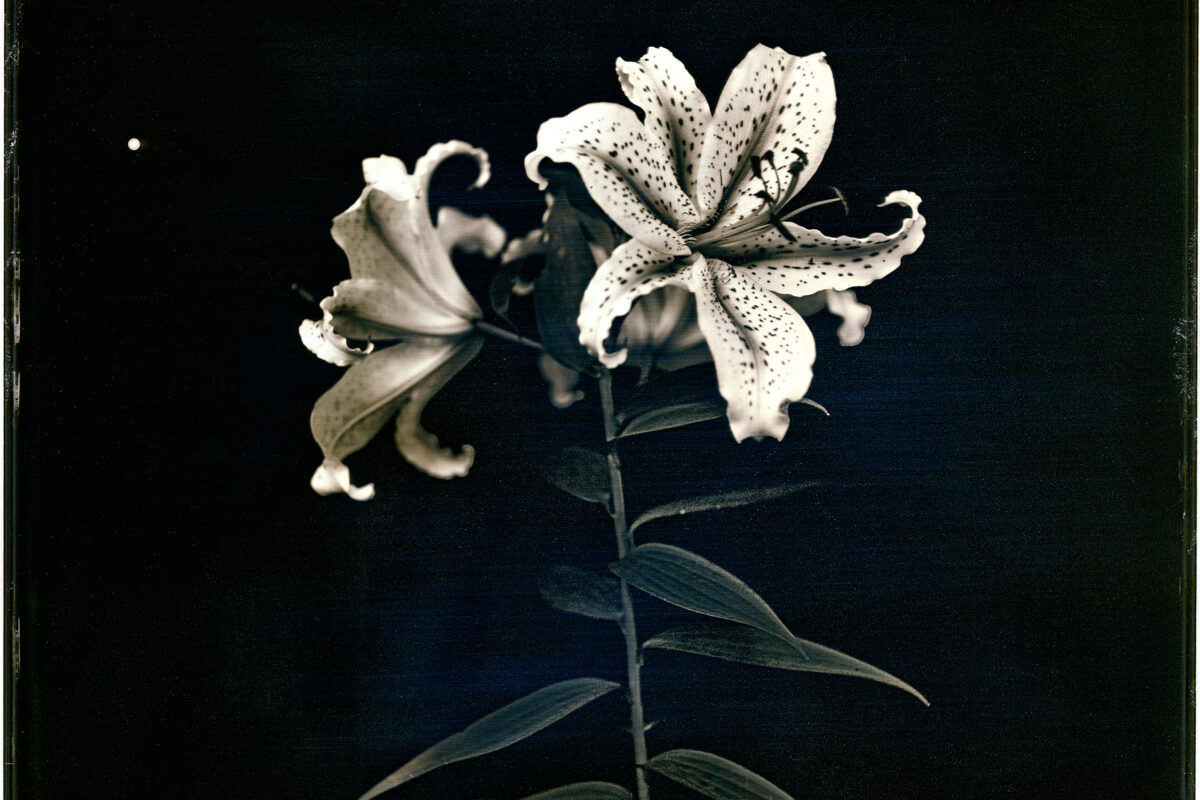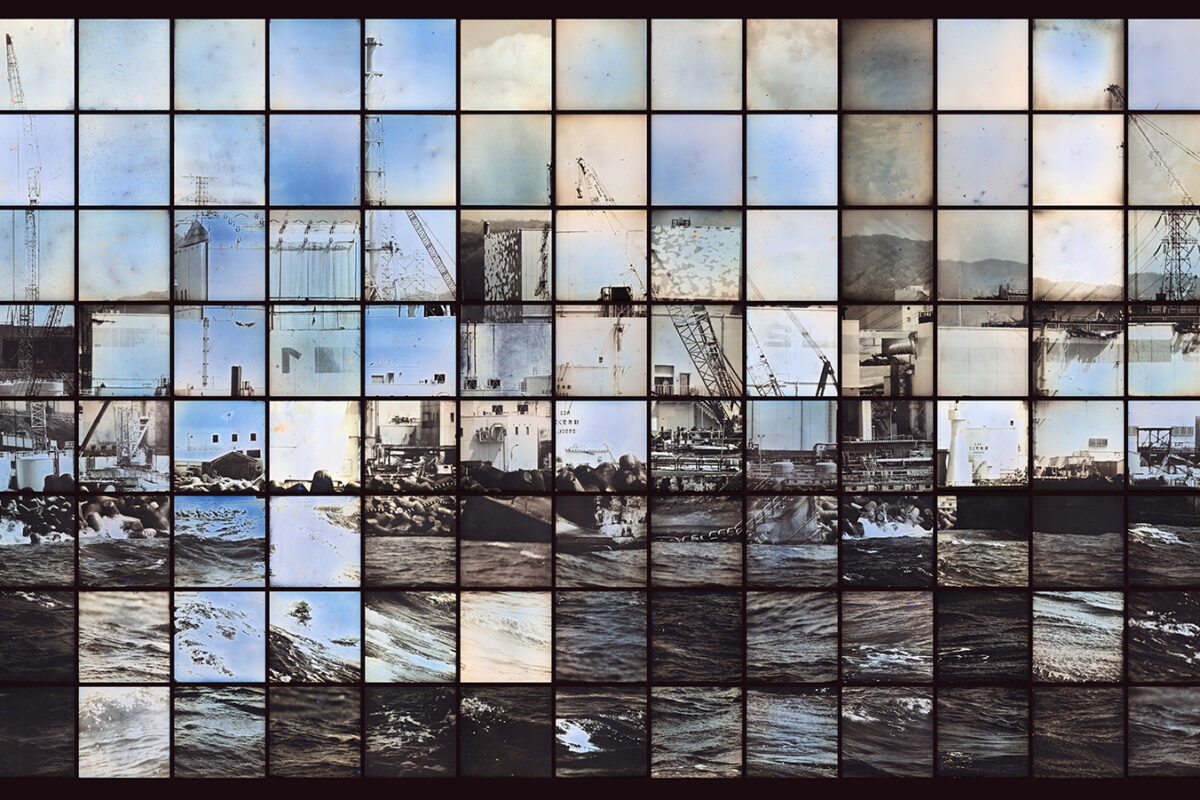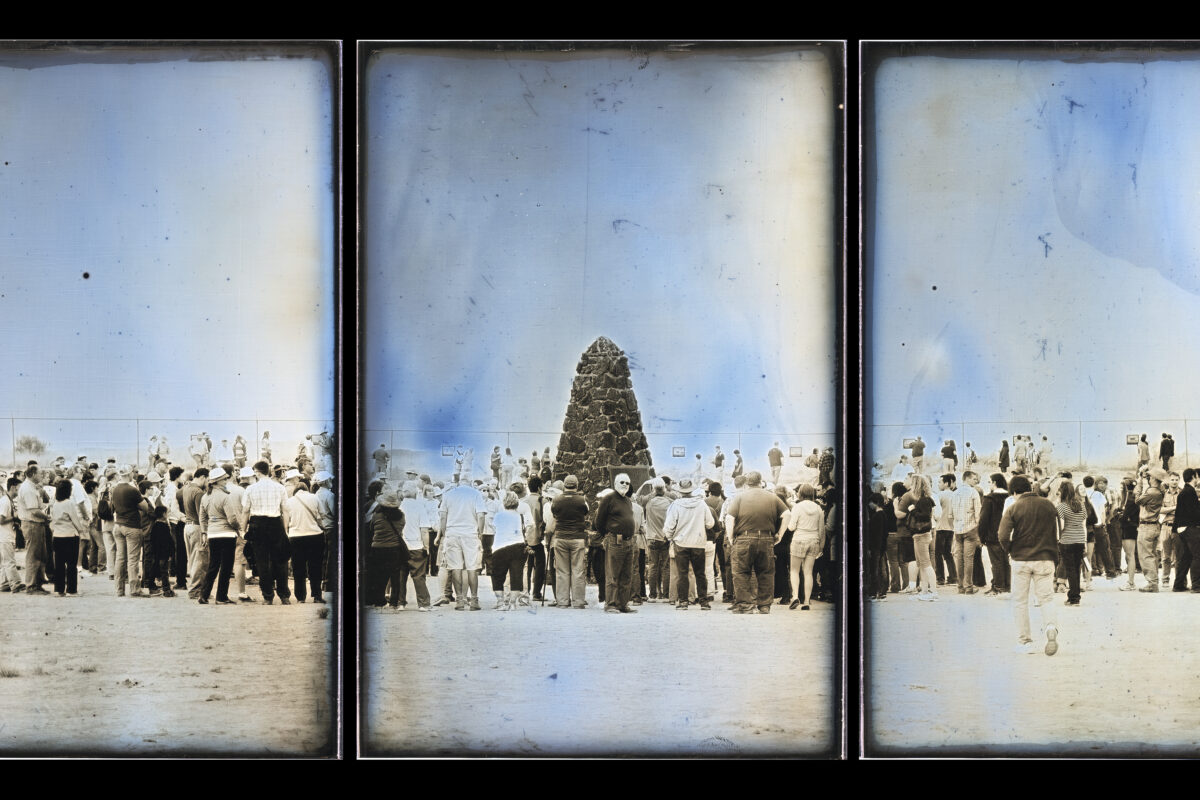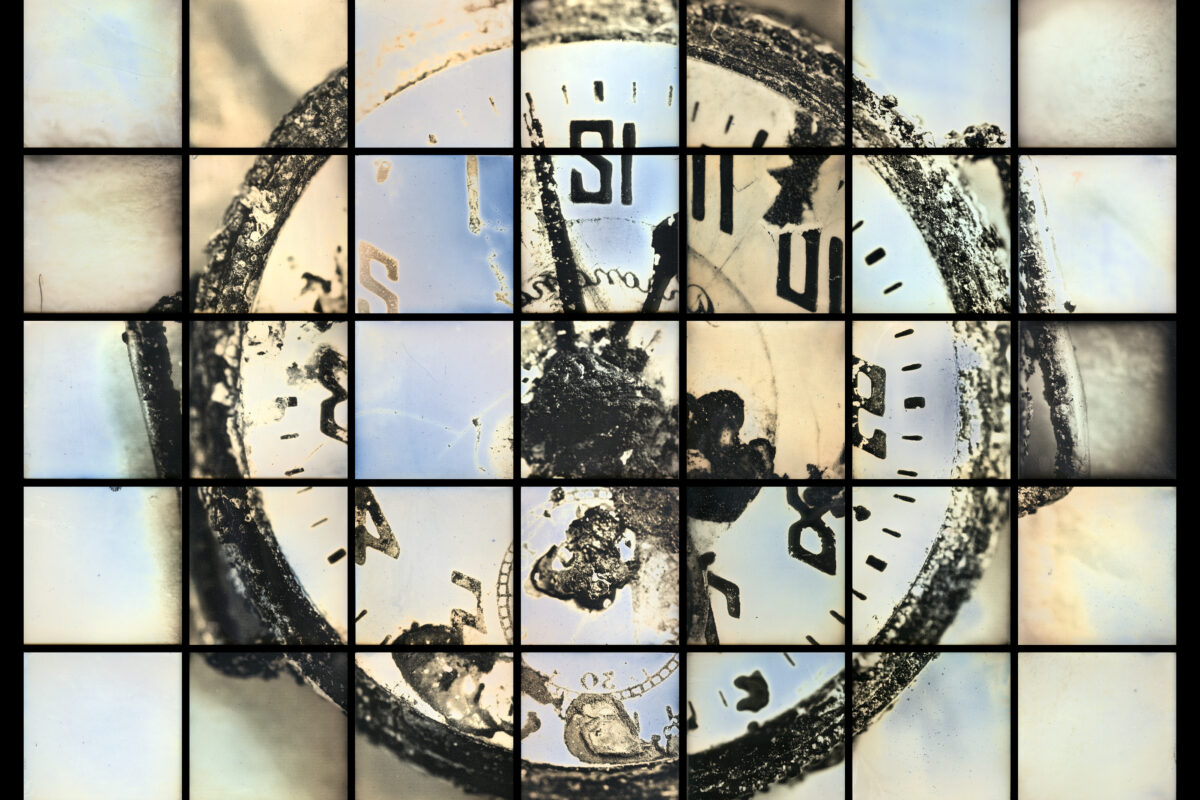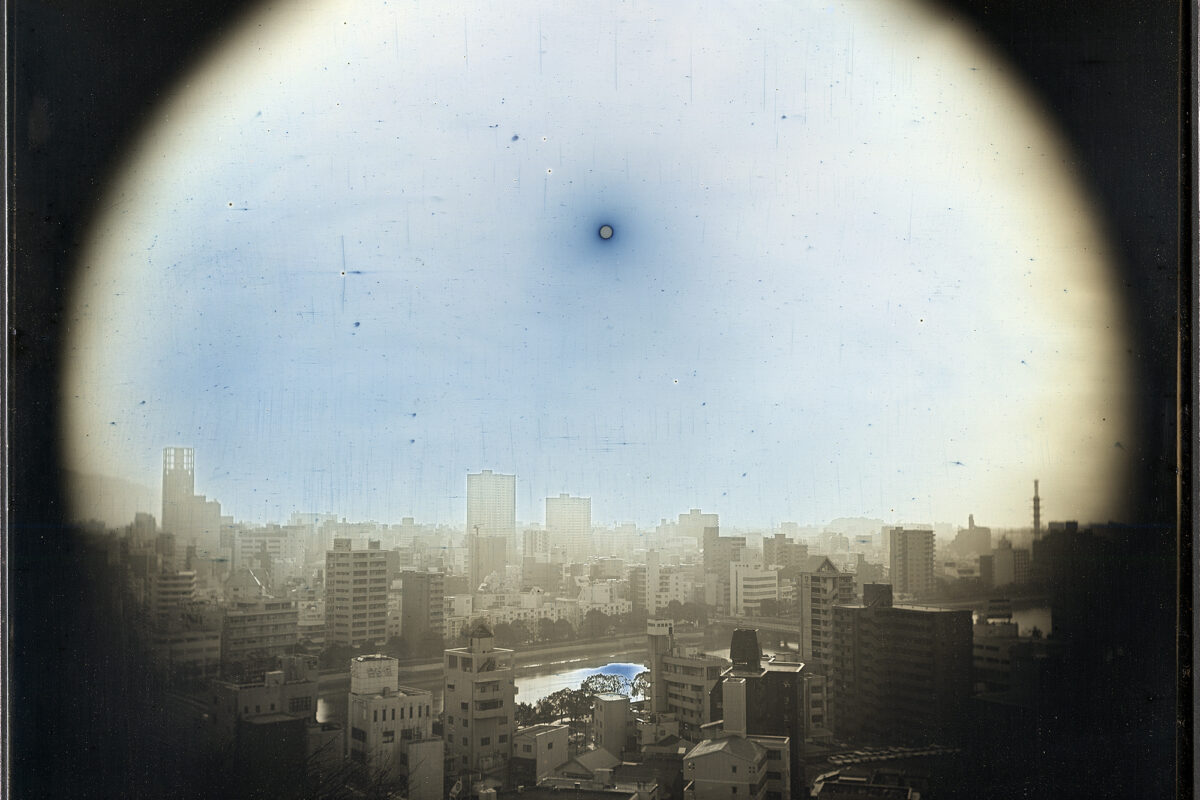Takashi Arai
Takashi Arai (1978-) is a Kawasaki / Berlin-based visual artist and filmmaker. To trace photography to its origins, Arai encountered the daguerreotype and mastered its complex technique after much trial and error. Since the beginning in 2010, when he first became interested in nuclear issues, Arai has used the daguerreotype technique to create individual records — micro-monuments — to touch upon the fragmented reality of events in the past. His encounters with surviving crew members, and the salvaged hull of the fallout-contaminated Daigo Fukuryūmaru fishing boat led him to photograph the deeply interconnected subjects of Fukushima, Hiroshima, and Nagasaki.
In early October, I spent two weeks collecting daguerreotypes (the earliest method to create photographic images on silver plates), video, and audio at Onkalo, the world’s only final nuclear waste repository site in Olkiluoto, and the forest preserve in the area.
Onkalo will be sealed with granite when all tunnels are filled with waste canisters.
No warning signs will be placed so as not to attract the attention of humans 100,000 years from now, and the natural forest will grow above the surface.
How can we imagine and communicate with the world after 100,000 years?
Can we leave our legacy other than radioactive waste, for example, daguerreotype portraits of us, surviving 100,000 years?
Takashi Arai’s residency is realised in the context of a collaboration between HIAP – Helsinki International Artist Programme, Finnish Cultural Foundation, TOKAS – Tokyo Art and Space and Nomura Foundation.

